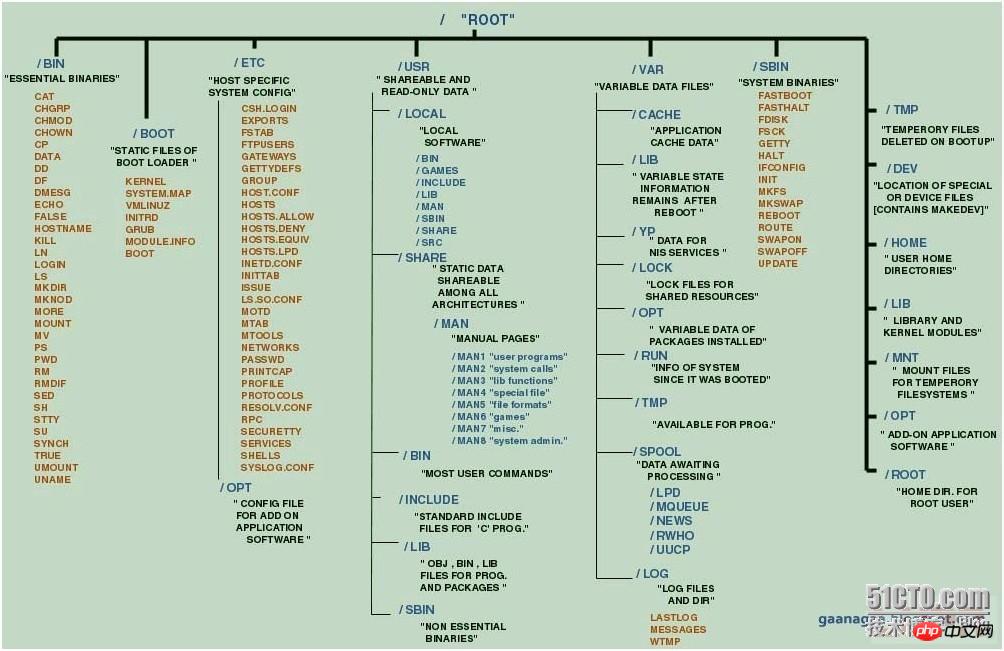麒麟操作系統(tǒng)中的隱私保護(hù)功能如何確保你的數(shù)據(jù)安全?
隨著信息技術(shù)的不斷發(fā)展和普及,人們?nèi)粘I钪猩珊吞幚淼臄?shù)據(jù)也越來(lái)越多。然而,與此同時(shí),隱私泄露和個(gè)人數(shù)據(jù)被濫用的風(fēng)險(xiǎn)也日益嚴(yán)重。為了保護(hù)用戶的隱私,麒麟操作系統(tǒng)內(nèi)置了一系列強(qiáng)大的隱私保護(hù)功能,下面將詳細(xì)介紹麒麟操作系統(tǒng)中的隱私保護(hù)功能,并提供代碼示例。
- 權(quán)限控制
麒麟操作系統(tǒng)通過(guò)權(quán)限控制保護(hù)用戶的隱私數(shù)據(jù)。用戶可以設(shè)置訪問(wèn)和使用他們的數(shù)據(jù)的權(quán)限,包括文件、相機(jī)、麥克風(fēng)等。只有獲得權(quán)限的應(yīng)用程序才能使用相關(guān)的設(shè)備或訪問(wèn)特定的文件。以下是設(shè)置相機(jī)權(quán)限的代碼示例:
// 請(qǐng)求相機(jī)權(quán)限 if (ContextCompat.checkSelfPermission(this, Manifest.permission.CAMERA) != PackageManager.PERMISSION_GRANTED) { ActivityCompat.requestPermissions(this, new String[]{Manifest.permission.CAMERA}, REQUEST_CAMERA_PERMISSION); } // 處理權(quán)限請(qǐng)求結(jié)果 @Override public void onRequestPermissionsResult(int requestCode, String[] permissions, int[] grantResults) { if (requestCode == REQUEST_CAMERA_PERMISSION) { if (grantResults.length > 0 && grantResults[0] == PackageManager.PERMISSION_GRANTED) { // 相機(jī)權(quán)限已授權(quán),進(jìn)行相機(jī)操作 openCamera(); } else { // 相機(jī)權(quán)限被拒絕,無(wú)法進(jìn)行相機(jī)操作 showToast("相機(jī)權(quán)限被拒絕"); } } }
- 數(shù)據(jù)加密
麒麟操作系統(tǒng)支持對(duì)數(shù)據(jù)進(jìn)行加密,包括存儲(chǔ)在設(shè)備上的數(shù)據(jù)和傳輸過(guò)程中的數(shù)據(jù)。通過(guò)使用加密算法,用戶的數(shù)據(jù)在存儲(chǔ)和傳輸過(guò)程中得到了保護(hù),無(wú)法被未授權(quán)的人訪問(wèn)或竊取。以下是對(duì)文件進(jìn)行加密和解密的代碼示例:
// 文件加密 public void encryptFile(File file, String password) { try { // 使用AES算法進(jìn)行文件加密 Cipher cipher = Cipher.getInstance("AES"); cipher.init(Cipher.ENCRYPT_MODE, generateKey(password)); InputStream inputStream = new FileInputStream(file); OutputStream outputStream = new FileOutputStream(file + ".encrypted"); byte[] buffer = new byte[1024]; int bytesRead; while ((bytesRead = inputStream.read(buffer)) != -1) { outputStream.write(cipher.update(buffer, 0, bytesRead)); } outputStream.write(cipher.doFinal()); inputStream.close(); outputStream.close(); } catch (Exception e) { e.printStackTrace(); } } // 文件解密 public void decryptFile(File file, String password) { try { // 使用AES算法進(jìn)行文件解密 Cipher cipher = Cipher.getInstance("AES"); cipher.init(Cipher.DECRYPT_MODE, generateKey(password)); InputStream inputStream = new FileInputStream(file); OutputStream outputStream = new FileOutputStream(file.getParent() + "/" + file.getName().replace(".encrypted", "")); byte[] buffer = new byte[1024]; int bytesRead; while ((bytesRead = inputStream.read(buffer)) != -1) { outputStream.write(cipher.update(buffer, 0, bytesRead)); } outputStream.write(cipher.doFinal()); inputStream.close(); outputStream.close(); } catch (Exception e) { e.printStackTrace(); } } // 生成AES密鑰 private SecretKeySpec generateKey(String password) throws Exception { byte[] passwordBytes = password.getBytes("UTF-8"); MessageDigest digest = MessageDigest.getInstance("SHA-256"); byte[] key = digest.digest(passwordBytes); return new SecretKeySpec(key, "AES"); }
- 匿名化處理
在某些場(chǎng)景下,用戶可能需要分享數(shù)據(jù),但不想透露自己的真實(shí)身份和敏感信息。麒麟操作系統(tǒng)提供了匿名化處理功能,可以對(duì)用戶的數(shù)據(jù)進(jìn)行脫敏或替換,保護(hù)用戶的隱私。以下是對(duì)手機(jī)號(hào)進(jìn)行脫敏的代碼示例:
// 手機(jī)號(hào)脫敏 public String desensitizePhoneNumber(String phoneNumber) { return phoneNumber.replaceAll("(d{3})d{4}(d{4})", "$1****$2"); }
以上是麒麟操作系統(tǒng)中的部分隱私保護(hù)功能和代碼示例,通過(guò)合理設(shè)置權(quán)限、使用數(shù)據(jù)加密和匿名化處理等手段,麒麟操作系統(tǒng)確保用戶的數(shù)據(jù)安全和隱私保護(hù)。在使用操作系統(tǒng)時(shí),用戶也應(yīng)充分了解和利用這些功能,避免隱私泄露和個(gè)人數(shù)據(jù)被濫用的風(fēng)險(xiǎn)。
? 版權(quán)聲明
文章版權(quán)歸作者所有,未經(jīng)允許請(qǐng)勿轉(zhuǎn)載。
THE END
.jpg)

















.png)
